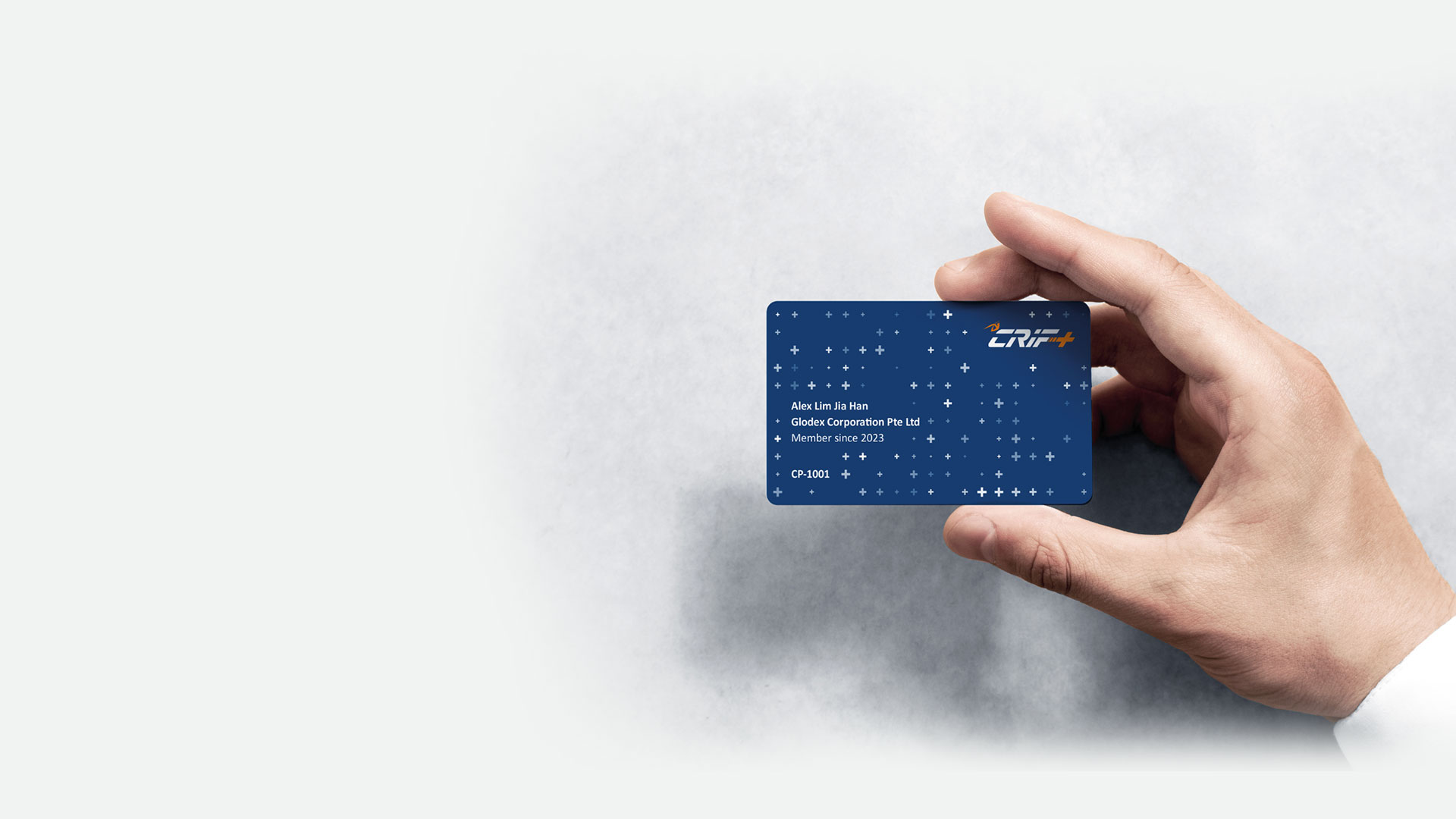The Covid-19 pandemic outbreak has impacted the economy in a significant manner. Not only has this led to disruptions in the regular savings pattern of the households, but also largely impacted the economic activity.
A weak macro environment outlook and rising unemployment numbers worldwide due to Covid-19 are expected to adversely impact the debt collection figures, resulting in a far more extensive collections portfolio than initially anticipated.
The only choice for the banks and financial institutions in such a situation is to stay well-positioned to manage this extensive collection portfolio without creating a bad customer experience or impacting good customer acquisition.
The new challenges brought about by the Covid-19 crisis
-
An unprecedented situation for the global economies.
-
Pre-Covid risk and collection models getting outdated in the new environment.
-
Lack of sufficient and reliable data about the impact of Covid-19 outbreak.
-
Grant of payment moratoriums making it difficult for the real Covid-19 impact to be reflected in the bank’s financials.
With a prolonged impact on the regular cash flows due to disruptions in economic activity, people are getting more inclined towards building an emergency buffer for sustenance. This has impacted consumer behaviour patterns, purchasing habits, etc., as consumer spending transitions between consumer needs and wants. As such, the immediate priority is to focus on the debt collections, as the shrunk cash flows caused due to Covid-19 outbreak have led to worsening of the delinquency ratios.
A bird’s eye view on debt collections post Covid-19
Customers are generally classified into four categories:
-
Customers with no or less than 5 days overdues – These represent customers who are regular in making payments.
-
Customers with overdue between 6 to 29 days – Such customers are late in making payments but still make up for the delays in a reasonable time.
-
Customers with overdue between 30 to 59 days – These customers have missed one or two instalments.
-
Default customers with overdue of 60 days or more – Such customers are tagged as Non-Performing Loans (NPLs), who defaulted on their payments which were not regularised within the 60-day period.
With personal loans, credit cards, and salary loans capturing the lion’s share in the overall lending portfolio, the impact of debt collection has been studied for these categories.
-
Personal Loans
-
The delinquency figures have increased post Covid-19 outbreak.
-
The rate of increase in balance per account is higher than the actual customers defaulting.
-
Review required at both underwriting and portfolio management to manage collections.
-
Credit Cards
-
The portfolio has been stable in pre-covid and post-covid phases.
-
Reduced card spending during the lockdown period may be one of the primary reasons for this.
-
Salary Loans
-
Increased delinquency, but with lower balances slipping into the default category.
-
Delays in salary disbursements likely to be the primary reason for delinquency.
-
Detailed portfolio review required at underwriting to circumvent case setups and manage collections portfolio.
Way forward for better debt collections
-
Review and re-segment the portfolio.
-
Introduce more personalised collection treatments.
-
Continued focus on Net Promoter Score (NPS) to differentiate between the good customers and bad customers.
-
Re-evaluating the collateral valuations.
Setting up a robust debt collection framework
There are five pillars for continuous improvement.
-
Data Collection
-
Internal business and collection data
-
Data from credit bureaus for global information
-
Business information
-
Analytics
-
Analysis of delinquency ratios
-
Segmentation of the customer portfolio
-
Scoring the customer segments
-
Decision Engine
-
Simulations on the potential customer behaviour
-
Identification of ideal collection treatment
-
Actions
-
Client interaction and communication
-
Reporting feedback on the recovery outcomes
-
Scheduling the future course of actions
-
Reporting
-
Track portfolio dynamic delinquency
-
Monitoring the outcome of recovery efforts
-
Reporting the bottlenecks for short-term and medium-term solutions
How can CRIF help you?
CRIF has been a Special Accessing Entity (SAE) of Credit Information Corporation since 2016. With data of more than 21 million individuals and 1 million businesses with 50 million credit lines, CRIF can be your ideal partner for data analytics and credit risk assessment for your organization.
Owing to its industry experience and availability of extensive customer data with several variables, CRIF can help you bridge the gap and build a robust credit framework. Our critical services include assisting in scorecard development, validating data sampling, monitoring data processes, and implementing the process to automate credit risk grading.
CRIF Contact Collection System – The one-stop solution for better debt collection
CRIF has launched an intuitive debt collection system, called CRIF Contact Collection System, which will take charge of the debt collections and let the businesses focus on what they do the best, i.e., their core operations.
Here are core features of CRIF Contact Collection System:
-
Data-driven, rule-based process
-
Intuitive user interface for both desktop and mobile version
-
Configurable segmentations and strategies
-
Low-coding administration configuration for user setup, communication templates, reports, collection campaigns
CRIF Contact Collection System provides operational excellence with analytics and automation with real-time data and interactive analysis, including strategic reporting for your customers. This helps you implement the best-in-industry practices to assess and benchmark the credit risk assessment, leading to better asset quality, suitable risk pricing, and consequently, better investment returns.
Interested in learning more about our debt collection solution, and how it is helping organisations to build a robust debt collection framework? Contact us today to start a conversation.
